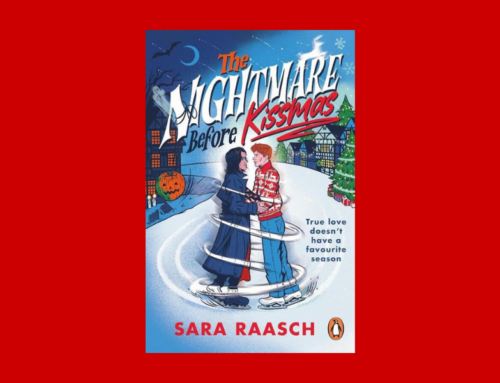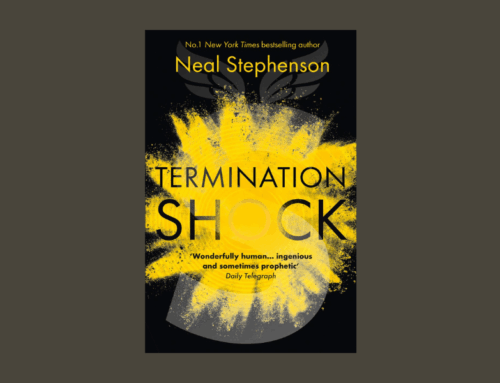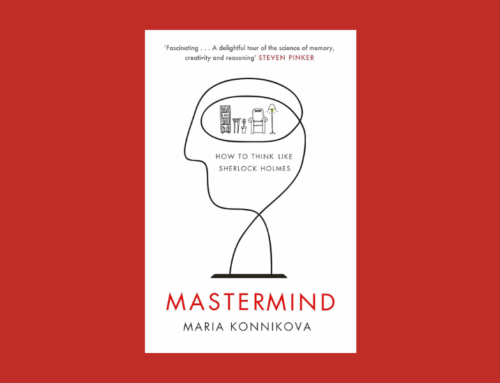Written by Molly Quell
For The Diary Keepers, author Nina Siegal dived into more than 2,000 personal diaries kept by the Dutch during World War II, combining excerpts to create a compelling day-by-day narrative of the Holocaust in the Netherlands.
The journals are all part of the collection at the NIOD Institute for War, Holocaust and Genocide Studies (NIOD Instituut voor Oorlogs-, Holocaust- en Genocidestudies).
For The Diary Keepers, author Nina Siegal dived into more than 2,000 personal diaries kept by the Dutch during World War II, combining excerpts to create a compelling day-by-day narrative of the Holocaust in the Netherlands.
Siegal selected seven diaries from the collection, which was opened only four days after the Netherlands was liberated in 1945. Three are written by Jews, 140,000 of whom lived in the country before the war. Two are written by people connected to the Nazi regime, one is from a member of the resistance and one is from a person politically unaffiliated. The book includes excerpts from a number of other diaries as well.
The book splices together a vivid account, sometimes presenting differing views of the same event, of a near-daily record of the war.
The beginning
The first entry dates from May 10, 1940, when German fighter planes crossed into Dutch airspace commencing Operation Fall Gelb. Elizabeth van Lohuizen, who owned a general store in the eastern town of Epe, describes being awoken by the sound of aircraft flying overhead.
She writes about standing outside stunned, first thinking of the Dutch soldiers who will die in the conflict and then discussing with neighbours whether the Dutch military will be strong enough to withstand the invasion.
Four days later, Amsterdam police officer Douwe Bakker, a member of the Nationaal-Socialistische Beweging or NSB, the Dutch Nazi party, writes in his journal: ‘Lie and deceit, Judaism and capitalism are going to get their comeuppance. The genius of Adolf Hitler will crush them.’
Context
Broken into chronological sections, Siegal contextualizes the first-hand accounts with extensive research and corroboration from other records, including newspaper articles, government documents and other historical works. She travels to Camp Westerbork, which the Nazis used as a staging area before sending Jews on to die in concentration camps.
In 2022, Siegal even traveled to Israel to interview one of the diarists, Miriam Bolle (née Levie) who worked for the Committee for Jewish Refugees in Amsterdam before being deported to Bergen-Belsen in 1943.
Personal Story
The work includes Siegal’s compelling personal story as well. Her grandfather was Czechoslovakian Jew who survived the Holocaust but many relatives did not. He emigrated to the United States, where Siegal was born before moving to Amsterdam in 2006.
A journalist who writes for the New York Times, Siegal is now working on a PhD in history at the University of Amsterdam. She’s previously written several novels, including The Anatomy Lesson. The Diary Keepers is not an easy read. It’s one thing to read about the death and destruction of the Holocaust in a history textbook, but the experience of reading about those horrors in the personal journals of those who experienced it is something else entirely.
But it is fascinating and enlightening, and a must-read for anyone interested in the Netherlands and its history. You can buy your copy here.
NB.: Previously published at DutchNieuws.nl.




